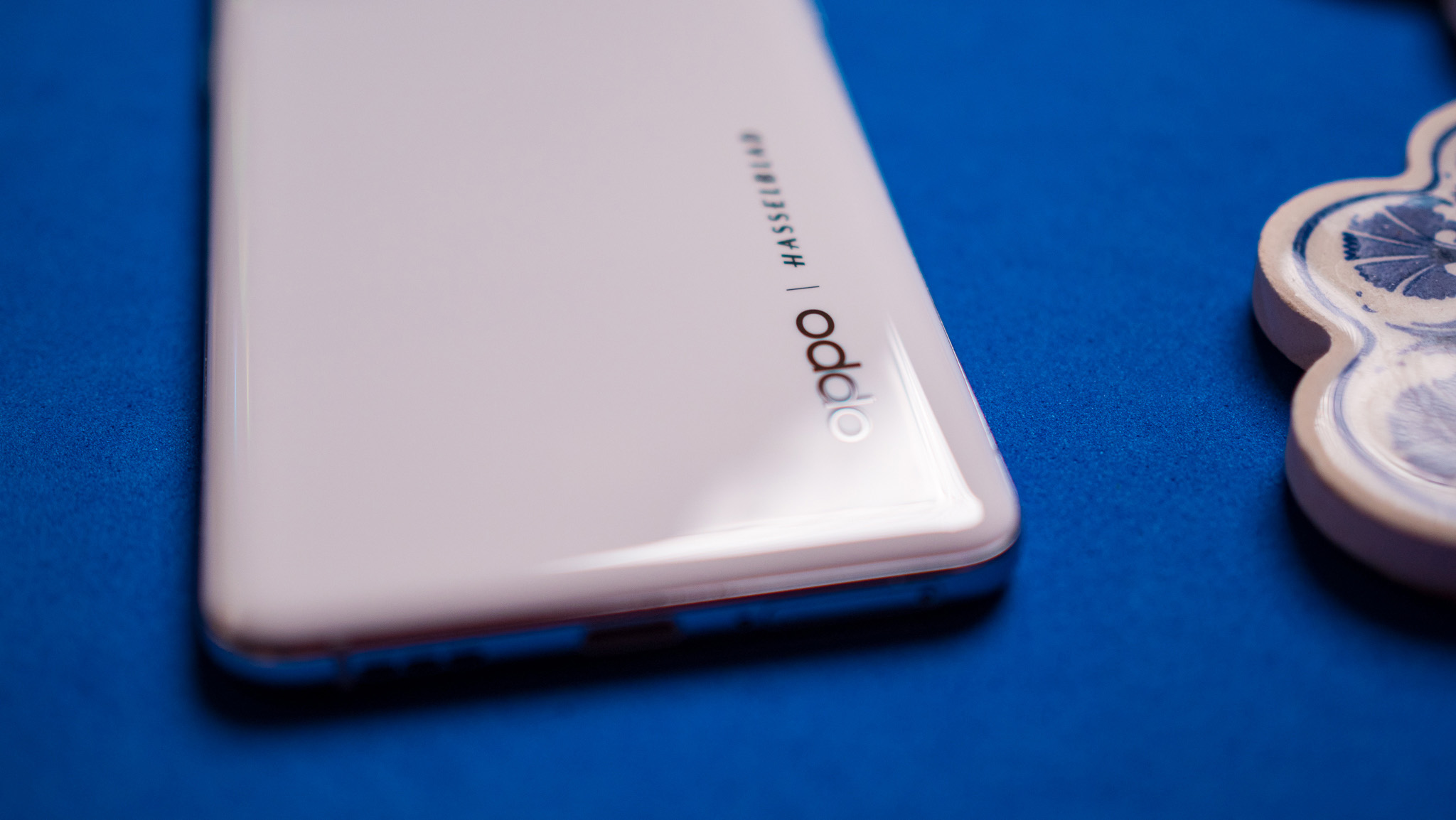
What you need to know
- Oppo has confirmed that it will announce the Find X6 series on March 21.
- The upcoming flagship phones have been rumored to include a one-inch Sony IMX989 image sensor.
- Oppo is likely to retain its partnership with Hasselblad for the phone's camera.
Oppo has released the official teaser for its upcoming flagship phone series, which shows a close-up of a circular camera housing that appears to take up a large portion of the back, correlating with previous leaks.
The Chinese phone maker announced via a Weibo post that it will take the wraps off the Oppo Find X6 series on March 21. Oppo will presumably launch the phone first in China before introducing it to global markets, as has been done in the past.
Oppo's next challenger to the top Android phones has already leaked extensively, with the Hasselblad branding revealed in a real-world photo earlier this year. This was backed by a tweet from reliable leaker Ice Universe.
The company kicked off its partnership with Hasselblad in 2022, and the camera branding made its debut with the Oppo Find X5 series following a collaboration between the camera company and OnePlus, an Oppo sub-brand, in 2021.
The phone maker states in its teaser that the next-generation series will "open a new era of mobile imaging" based on machine translation. It would not be surprising if the camera department remains a focal point. According to previous rumors and leaks, the Oppo Find X6 will have a one-inch Sony IMX989 image sensor, following in the footsteps of the Xiaomi 13 Pro and the Vivo X90 Pro.
Like last year's model, the Find X6 series' triple camera will undoubtedly feature Oppo's MariSilicon imaging chip. Oppo is tipped to include three 50MP lenses in the Find X6 as well as a 32MP selfie snapper.
Under the hood, the standard Find X6 is said to be powered by Qualcomm's legacy Snapdragon 8 Gen 1 chipset, while the Pro could include either a Snapdragon 8 Gen 2 or MediaTek's Dimensity 9200 SoC. Like in the past year, the MediaTek variant might launch only in China.







